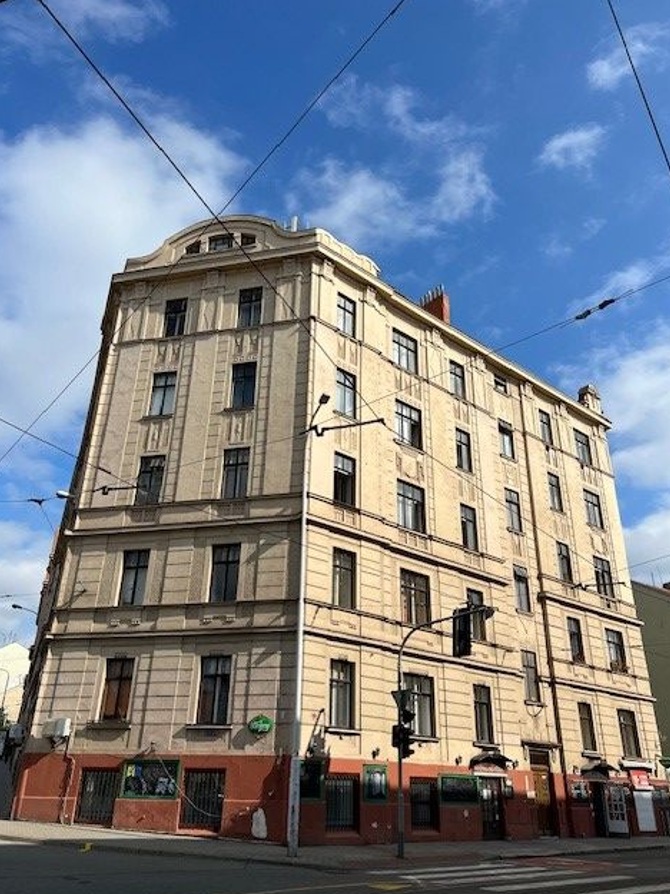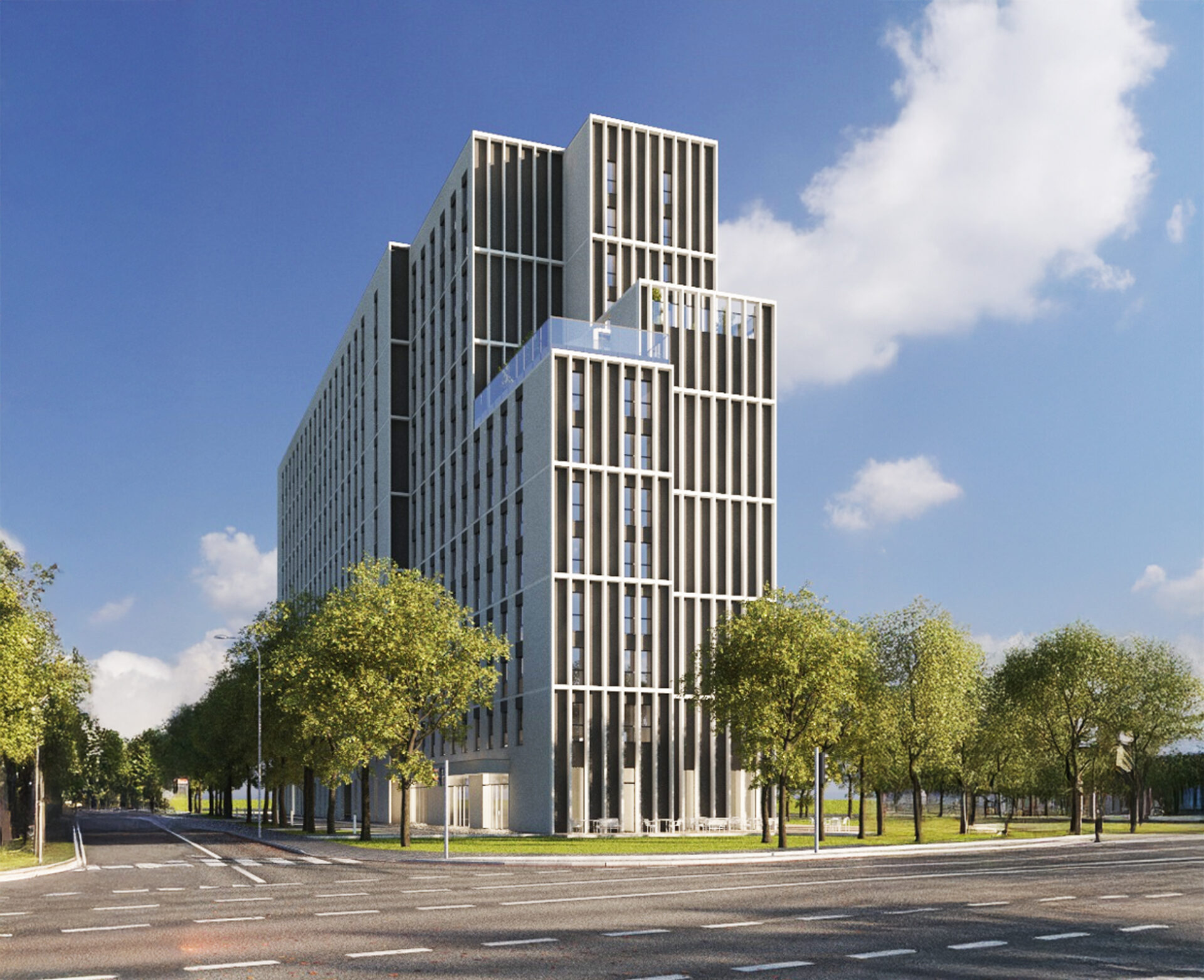The development of the residential sector contributes to new retail opportunities. In today’s world, we want to quickly do our grocery shopping, and visits to the beautician’s and the hairdresser’s shouldn’t involve trekking across town. These needs have been recognized by city planners and designers of modern residential areas, and Warsaw’s Miasteczko Wilanów complex is a perfect illustration of this.
Wilanów is one of the Warsaw’s fastest growing districts. According to GUS, the housing stock in Wilanów grows by 1,000-2,000 flats each year. Furthermore, over the last decade, the number of inhabitants in this part of the capital has increased by a record-breaking 225 percent, and by the end of 2017, stood at 37,511 residents. At the same time, people living in Wilanów have the third highest purchasing power in Warsaw, after the City Centre and Mokotów, (12,841 EUR/person/year; according to MBR).
Along with the increase in the number of inhabitants, the needs and expectations in relation to the commercial functionality of the area has increased as well. This is exemplified by Wilanów. Currently, the district’s retail offer consists of smaller convenience-type centres, retail parks, as well as shops located on the ground floors of both residential and office buildings.
“The current shopping, residential and planning trends are best reflected in Miasteczko Wilanów – that has been developing since 2002. This part of the district is one of the few residential complexes in Poland that is based on a coherent urban planning vision- “masterplan”. It was planned as a self-sufficient area with different functions, and based on the idea of a city within a city. In practice, this means that Miasteczko Wilanów was to serve its residents in a comprehensive way so that they did not have to make unnecessary trips,” explains Jan Jakub Zombirt, Associate Director, Strategic Consulting, JLL.
The role of the centre of Miasteczko Wilanów, which has no central market as yet, is currently fulfilled by a multi-purpose project Royal Wilanów, which offers high-quality space in one location. The project predominantly consists of offices although there are shops and other services as well as recreational space.
“In Miasteczko Wilanów, the ground floors of residential buildings currently provide 459 commercial units with a total area estimated at approx. 37,000 sqm. Around 30 percent of these premises are services units: beauty salons, hairdressers, language schools, and travel agencies. Cafes and restaurants account for 13 percent of these establishments, followed by grocery stores with an 11 percent share. Interestingly, the mix of tenants, occupying the ground floors of residential buildings, was not pre-planned but was rather a result of market, and demand-supply conditions,” explains Joanna Tomczyk, Research Analyst, JLL.
Although the current portfolio of tenants in Miasteczko Wilanów has developed organically, it does meet the needs of the local community. The range of stores is extensive and the town can serve as a model for other residential areas. However, residents still face certain challenges.
“Miasteczko Wilanów is struggling with a shortage of places in kindergartens and schools, congestion on narrow residential streets during the rush hour, and a lack of places to park. However, there is good news on the horizon with plans for the construction of a tram line. Its opening is scheduled for 2021. Such strategic decisions bode well for the development of the district and is good news for residents. Let’s hope that this type of forward thinking will also apply to other residential areas in Poland, where rapid population growth does not always go hand-in-hand with infrastructure development or an expansion of the retail and service offer,” says Jan Jakub Zombirt.







